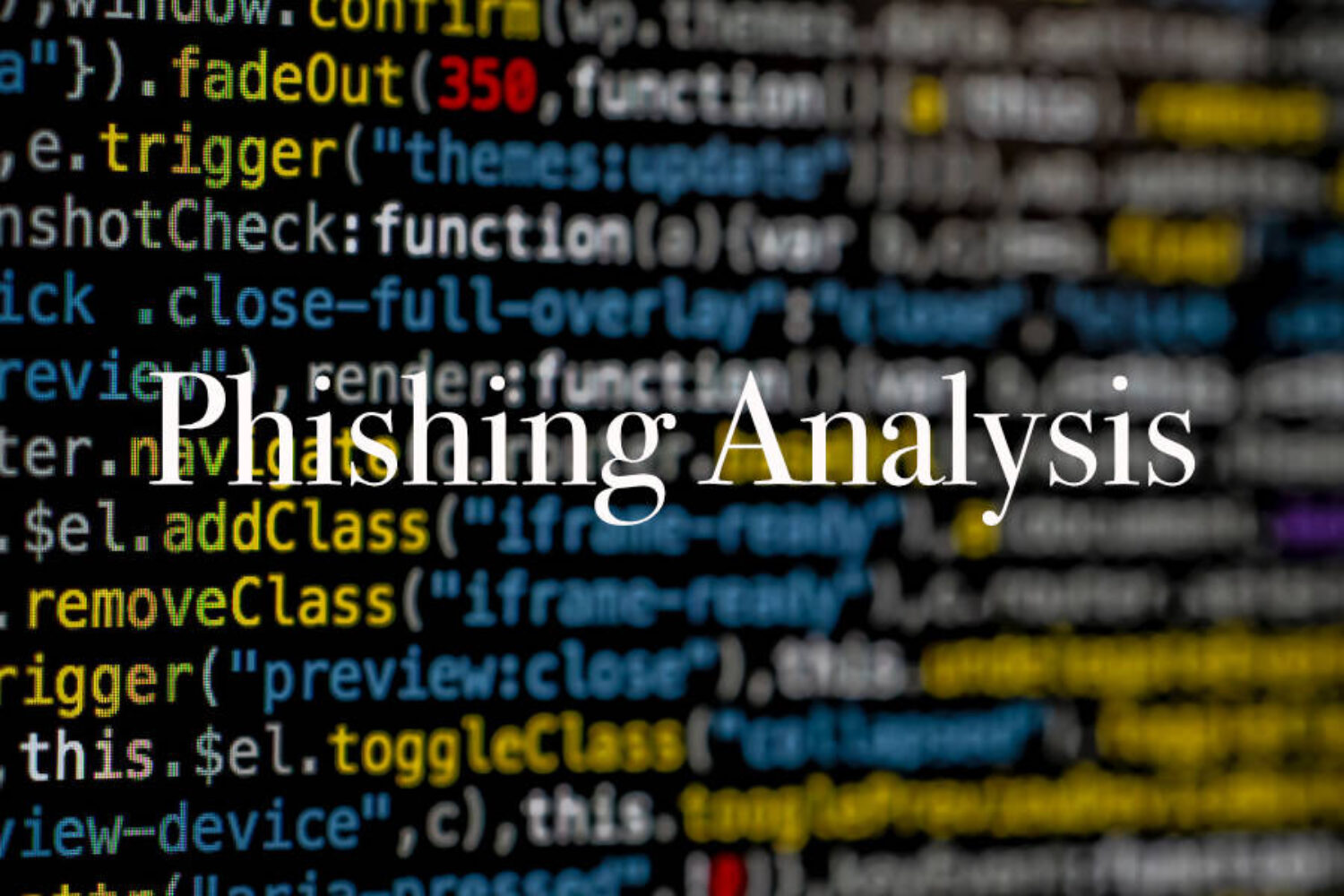In today’s digital age, where information is a prized asset, cybercriminals are continually finding new ways to exploit vulnerabilities. One of the most insidious tactics they employ is phishing. This article delves into the world of phishing analysis, helping you understand, detect, and prevent these dangerous cyber threats.
Section 1: Demystifying Phishing
Phishing, in its simplest form, is a deceptive technique used by cybercriminals to trick individuals into revealing personal information, credentials, or even financial details. While many of us might associate phishing with emails, it’s a broader concept that can manifest in various forms.
Section 2: The Phishing Landscape
Phishing is a highly adaptable threat, with attackers tailoring their techniques to deceive even the most cautious individuals. They often disguise themselves as trustworthy entities, luring victims into their traps. To stay safe, it’s essential to understand the landscape of phishing attacks:
A. Email-Based Phishing
Email remains a primary channel for phishing attacks. Cybercriminals craft convincing emails that impersonate reputable organizations or individuals, luring recipients to click malicious links or download infected attachments.
B. Web-Based Phishing
Phishing websites imitate legitimate sites, making it challenging to distinguish the real from the fake. Victims unknowingly enter their credentials into counterfeit login pages, putting their personal data at risk.
C. Spear Phishing and Whaling
Spear-phishing targets specific individuals or organizations, while whaling focuses on high-profile targets like executives or government officials. These attacks are more sophisticated and personalized.
Section 3: Phishing Analysis and Detection
The ability to analyze and detect phishing attempts is critical to maintaining cybersecurity. By recognizing the common signs and techniques used by cybercriminals, you can mitigate the risk:
A. Email Header Analysis
Examining email headers can reveal clues about the email’s origin, helping you identify suspicious messages.
B. URL Analysis
Analyzing links in emails or web pages is essential. Tools and browser extensions are available to verify the legitimacy of URLs.
Section 4: Tools and Technologies for Phishing Analysis
Several tools and technologies have been developed to aid in phishing analysis. These include threat intelligence platforms, email filtering solutions, and sandboxing.
Section 5: Real-World Phishing Case Studies
Learning from real-world examples can be highly instructive. We examine a few notable phishing cases, such as the PayPal phishing attack, to understand the methods employed and the consequences faced.
Section 6: Prevention and Mitigation
Preventing phishing attacks is the ultimate goal. We discuss best practices for individuals and organizations:
A. Employee Training and Awareness
Educating employees about the dangers of phishing and conducting regular awareness campaigns are essential steps.
B. Email Filtering and Authentication
Implementing advanced email filtering solutions and authentication mechanisms can help identify and block phishing attempts.
C. Multi-Factor Authentication (MFA)
MFA adds an extra layer of security, requiring users to verify their identity using multiple methods.
Section 7: Emerging Threats and Future Trends
Phishing attacks are continually evolving. Stay informed about emerging threats like vishing (voice phishing) and smishing (SMS phishing). Cybercriminals adapt, and so should your security measures.
In the ever-evolving cybersecurity landscape, understanding phishing attacks is paramount. By equipping yourself with the knowledge to analyze and prevent these threats, you can protect yourself and your organization from potentially devastating cybercrimes.
